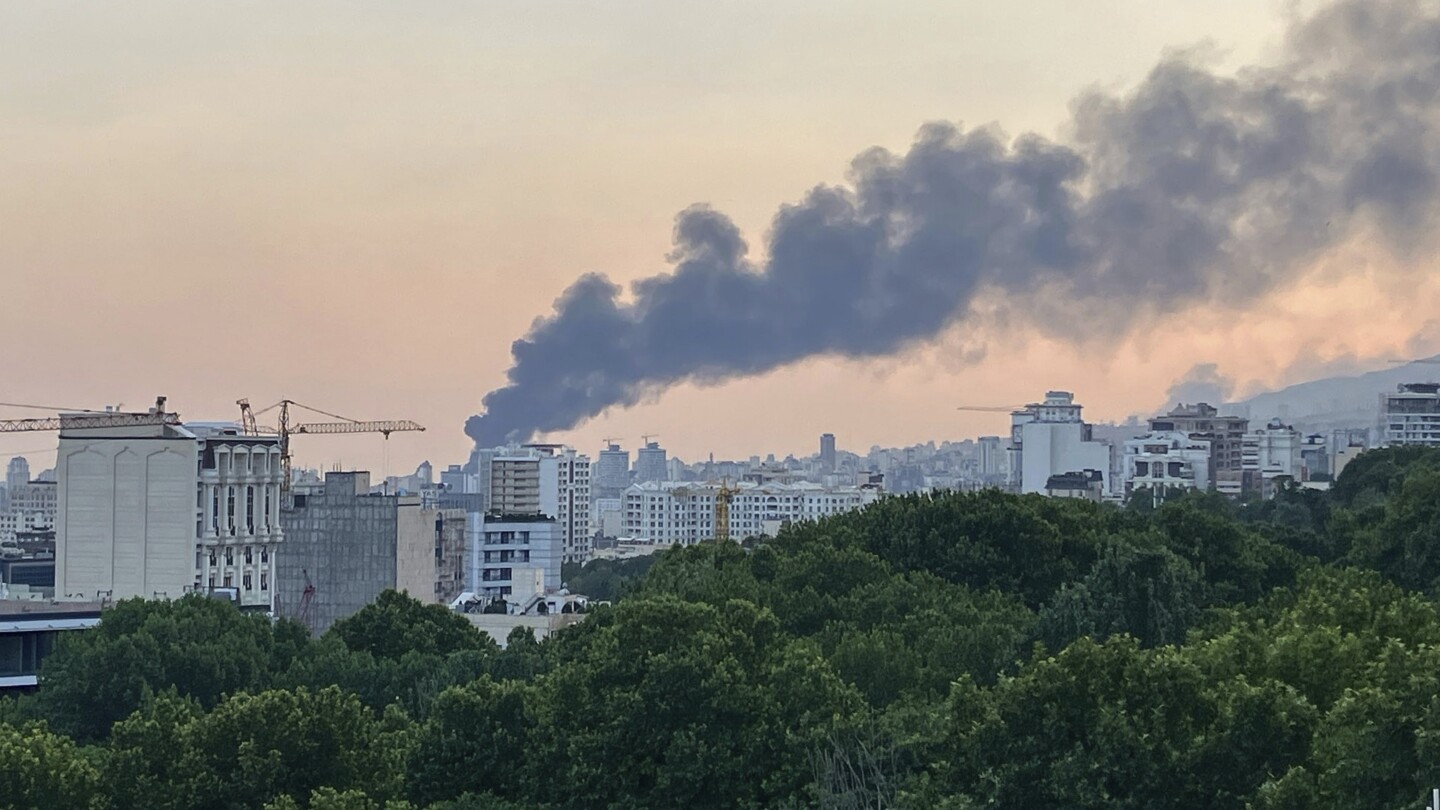DUBAI, United Arab Emirates – As Israel intensifies its airstrikes on Iranian military and nuclear sites, Tehran is considering a range of retaliatory measures beyond missile attacks. These strategies, reminiscent of past confrontations with Israel and the United States, include disrupting maritime traffic through the Strait of Hormuz, potentially withdrawing from the Nuclear Nonproliferation Treaty, and leveraging allied militants for asymmetric attacks.
Immediate Impact: Strategic Choke Points
The Strait of Hormuz, a critical maritime passage, is at the center of Iran’s potential response. This narrow waterway, through which about 20% of the world’s traded oil flows, is under the jurisdiction of both Iran and Oman. Any disruption here could send shockwaves through global energy markets, leading to increased crude oil prices and affecting consumer costs worldwide.
Since 2019, following the U.S. withdrawal from the Iran nuclear deal, there have been numerous attacks on ships attributed to Iran.
U.S. naval forces, primarily the Bahrain-based 5th Fleet, regularly navigate these waters, maintaining open passage despite tensions with Iran’s Revolutionary Guard. Iranian officials have hinted at blocking the strait, a move likely to provoke an immediate American military response.
Key Details Emerge: Nuclear Treaty Withdrawal
Another potential Iranian measure is withdrawing from the Nuclear Nonproliferation Treaty (NPT). Such a decision could end Tehran’s cooperation with the International Atomic Energy Agency and accelerate its nuclear ambitions.
While Iran maintains its nuclear program is peaceful, it enriches uranium to 60%, close to weapons-grade levels. Historical precedents, like North Korea’s withdrawal from the NPT in 2003, add to global concerns about Iran’s intentions.
Iran is the only non-nuclear-armed state enriching uranium to 60% purity.
Withdrawal from the NPT would likely draw the U.S. into the conflict, a scenario Tehran has so far sought to avoid.
Asymmetric Attacks by Militants
Iran could also resort to asymmetric warfare, encouraging attacks on Jewish tourists, synagogues, or Israeli diplomatic missions. This strategy has been employed in the past, but recent years have been challenging for Iran’s allies, the “Axis of Resistance.”
Groups like Hezbollah and Hamas have suffered significant setbacks due to ongoing Israeli military actions, particularly following the October 7, 2023, Hamas attack on Israel. While Iraqi groups have remained uninvolved, Yemen’s Houthi rebels have launched attacks on Israel.
Background Context: Historical Tensions
The current tensions build on a long history of hostilities between Iran and Israel, exacerbated by geopolitical dynamics involving the United States. The U.S. withdrawal from the 2015 nuclear deal and subsequent sanctions have strained relations further, leading to increased regional instability.
Iran’s strategic decisions are influenced by both internal pressures and external diplomatic challenges, with each move carefully calibrated to avoid direct confrontation with the U.S.
What Comes Next: Regional Implications
Looking ahead, Iran’s actions will likely have significant implications for the Middle East’s geopolitical landscape. Any escalation could lead to broader regional conflict, impacting global oil markets and international diplomatic efforts to stabilize the area.
Experts caution that while Iran’s potential strategies are varied, each carries significant risks and consequences. The international community remains watchful, hoping to avert further escalation.
Experts warn that Iran’s withdrawal from the NPT could trigger a regional arms race.
As the situation develops, diplomatic channels remain open, with international stakeholders urging restraint and dialogue to prevent further destabilization.
